A month ago, Freya transitioned from the 77-day double-blind portion of the Pitolisant trial to the open-label extension, which will last at least a year or as long as she is willing to participate – whichever is longer. If you’ve been following this blog series, you know I went into this with feelings of trepidation and concern after a history of mistrusting pharmaceutical companies. My feelings for this trial have changed, perhaps momentarily, but first, in the interest of cohesion and structure, a little about the last part of the double-blind trial.
The End of the Double-Blind Trial
Except for a delayed flight and literally having to go straight to the appointment from the airport and then straight back to the airport from the appointment (again, four flights and all airport meals), the appointment was typical. They did the same lab work (height, weight, blood, urine, ECG), and I filled out the same questionnaires. We met with the doctor, who asked the same questions about self-harm and suicidal thoughts and provided time for any questions we might have. We were given a new round of pill bottles, a dosing schedule, follow-up phone call appointments, and the date for our next in-person visit.
The “exit” interview over Zoom was a few days after this appointment. Again, if you’ve followed along, you might remember that the interview brought up some emotions I was unprepared for. With that in mind, I was ready for another onslaught of freshly unburied rawness. It didn’t come. Instead, this interview was more of a catalog of questionnaire answers from the beginning of the trial compared to the most recent appointment.
Questionnaires
Honestly, the most difficult part of this trial I have found is the questionnaires. They stress me out. I worry I won’t answer accurately, I’ll misremember something, or things are occurring at school that I haven’t heard about, so I’m not documenting correctly. Thankfully, most of my answers lined up with each other, but there were a few that didn’t. They wanted to know why I had answered differently in the beginning than in the end. I had to tell them it could have just been the day we were having. I tried to answer accurately, but there is so much that goes into behavior, so much that can shift the feelings, especially in someone with PWS, that it can be complicated trying to understand triggers or behaviors. I felt a bit like I was failing at just trying to describe my daughter’s behavior.
And then, they asked me if I thought she had been on the medication. Previously, the doctor had asked me not to speculate whether she was on the medication during the trial period, but of course, I had. So, I told them that either she wasn’t, or perhaps she was, and I did see some results for a bit, but then the dose wasn’t enough to sustain it. That was my laywoman’s opinion. But maybe my expectations had been too high.
Rewriting Expectations
Part of what got me into this trial was hearing from a few families that this treatment was “life-changing” for them. Though I didn’t feel like we needed a full life-changing solution, a little help would be nice. So far, life-changing is not what we have gotten.
To be fair, we are only a month into the open-label portion, meaning that Freya has most likely only been taking Pitolisant for that long. As my friend reminded me this morning, few things in life can give you results in such little time. Her case in point at the moment was the gym we were standing in, the one we had been going to at 5:30 a.m. for the last few months. Neither of us yet has sculpted abs or the ability to do a pull-up.
So perhaps the next part is up to me. What are my expectations? What kind of change do I need to see to make the challenges of this trial worth it? How long will I hand my daughter pharmaceuticals every morning without seeing the desired results? Why is it not (yet) life-changing for us?
PWS Golden Rule
Our loved ones are not molds of each other. PWS has common characteristics, but individuals are not born from some PWS cookie-cutter shape. I am grateful that this trial has been life-changing for some families and disappointed that it has not been that for us. That doesn’t mean it won’t be – or that it ever will. But that’s why we do this research and these trials. That’s why we need more treatment options for our community, and that’s why we need to remember that each person with PWS is an individual, and what works for one may not work for another.
Patience
I’m still hopeful that we may see results. We are coming out of a two-week schedule-free break from school (most of us know how that can affect our loved ones), and, as my wise friend reminded me, things take time. The proof that this medication can be helpful is in the experiences of others I know who have walked this path.
Jen Andrews, mom to Josephine (7, living with PWS), said, “When I zoom out and look at the big picture, last year compared to this year, the difference is huge. More alertness, better learning, more stamina, less moodiness, less reactivity/rigidity…she’s definitely a different kid.”
According to Justice Rickenbach (21, living with PWS), “Before (pitolisant), I was in the world; now, I’m part of the world.”
So, in my anxiousness to have Freya be more alert and less rigid, to be more a part of her world, I have tried to rush the process. Forgotten my own frustration with our society’s obsession with pharmaceuticals (that anything can be fixed with a pill) and need to remember that things take time. This treatment is in a phase 3 trial because the medication has proven to be effective in enough of the population. I look forward to someday adding my testimonial to the quotes above. Until then, I just need to remember patience.
Read more from A Clinical Trial Journey blog series:
1. How We Got Here – Prader-Willi Syndrome Association | USA
2. The Screening Appointment – Prader-Willi Syndrome Association | USA
3. Baseline and Video Interview – Prader-Willi Syndrome Association | USA
4. The (Sometimes Messy) Details of Life in a Clinical Trial – Prader-Willi Syndrome Association | USA
Share this!

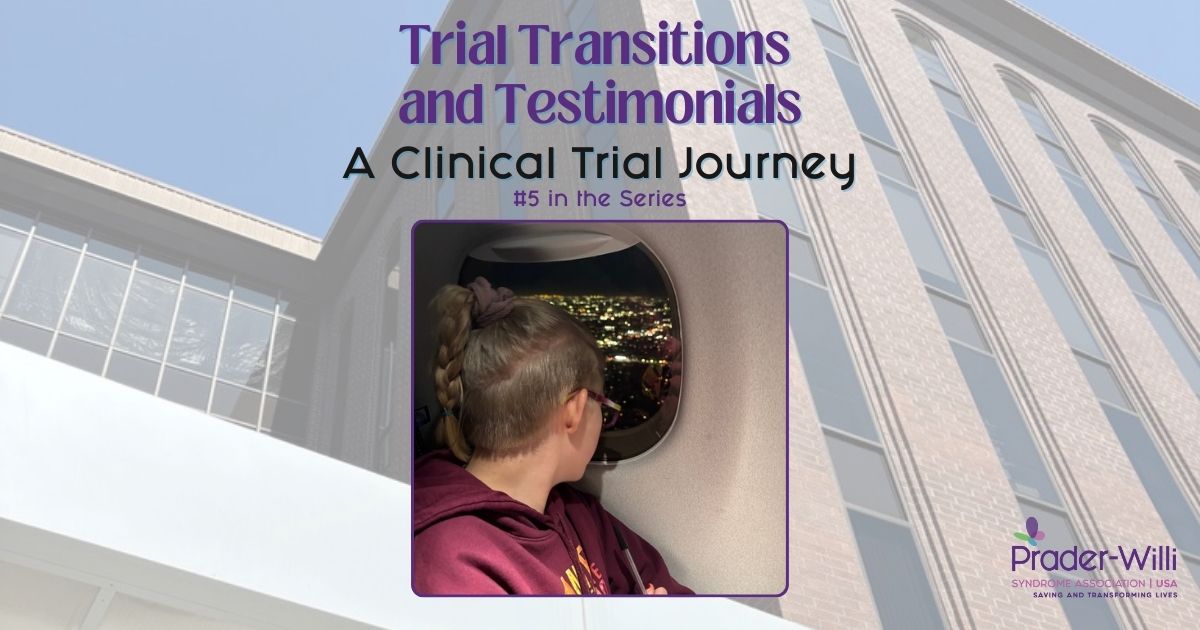
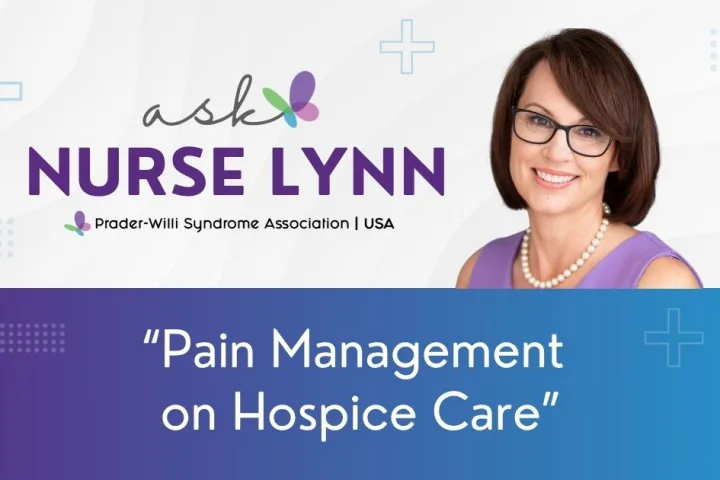
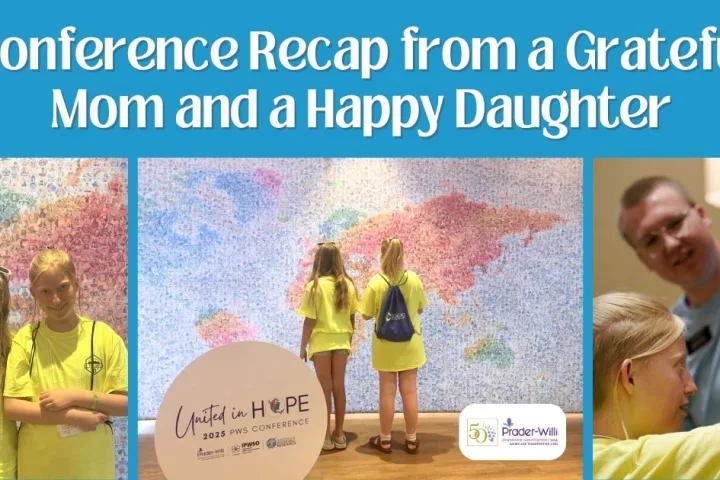
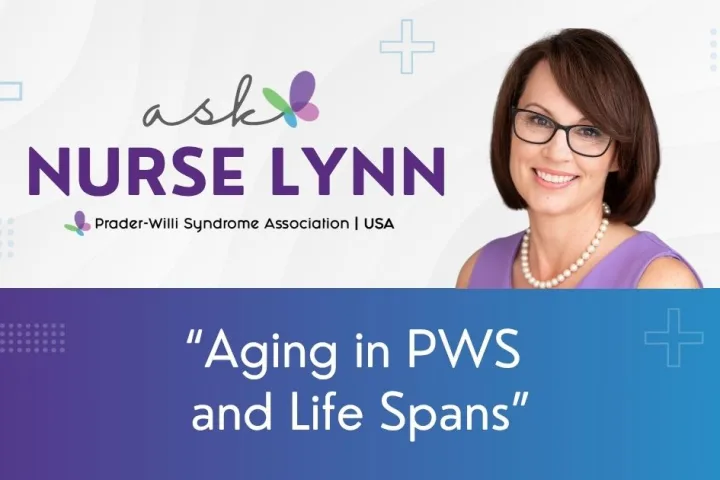
 Jennifer Bolander has been serving as a Special Education Specialist for PWSA (USA) since October of 2015. She is a graduate of John Carroll University and lives in Ohio with her husband Brad and daughters Kate (17), and Sophia (13) who was born with PWS.
Jennifer Bolander has been serving as a Special Education Specialist for PWSA (USA) since October of 2015. She is a graduate of John Carroll University and lives in Ohio with her husband Brad and daughters Kate (17), and Sophia (13) who was born with PWS. Perry A. Zirkel has written more than 1,500 publications on various aspects of school law, with an emphasis on legal issues in special education. He writes a regular column for NAESP’s Principal magazine and NASP’s Communiqué newsletter, and he did so previously for Phi Delta Kappan and Teaching Exceptional Children.
Perry A. Zirkel has written more than 1,500 publications on various aspects of school law, with an emphasis on legal issues in special education. He writes a regular column for NAESP’s Principal magazine and NASP’s Communiqué newsletter, and he did so previously for Phi Delta Kappan and Teaching Exceptional Children.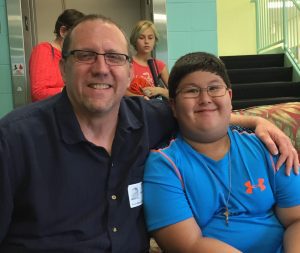 Evan has worked with the Prader-Willi Syndrome Association (USA) since 2007 primarily as a Crisis Intervention and Family Support Counselor. Evans works with parents and schools to foster strong collaborative relationships and appropriate educational environments for students with PWS.
Evan has worked with the Prader-Willi Syndrome Association (USA) since 2007 primarily as a Crisis Intervention and Family Support Counselor. Evans works with parents and schools to foster strong collaborative relationships and appropriate educational environments for students with PWS.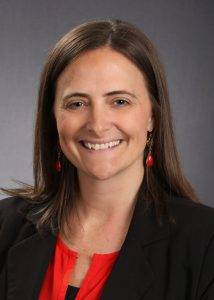 Dr. Amy McTighe is the PWS Program Manager and Inpatient Teacher at the Center for Prader-Willi Syndrome at the Children’s Institute of Pittsburgh. She graduated from Duquesne University receiving her Bachelor’s and Master’s degree in Education with a focus on elementary education, special education, and language arts.
Dr. Amy McTighe is the PWS Program Manager and Inpatient Teacher at the Center for Prader-Willi Syndrome at the Children’s Institute of Pittsburgh. She graduated from Duquesne University receiving her Bachelor’s and Master’s degree in Education with a focus on elementary education, special education, and language arts.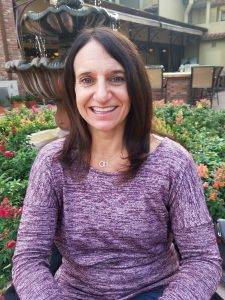 Staci Zimmerman works for Prader-Willi Syndrome Association of Colorado as an Individualized Education Program (IEP) consultant. Staci collaborates with the PWS multi-disciplinary clinic at the Children’s Hospital in Denver supporting families and school districts around the United States with their child’s Individual Educational Plan.
Staci Zimmerman works for Prader-Willi Syndrome Association of Colorado as an Individualized Education Program (IEP) consultant. Staci collaborates with the PWS multi-disciplinary clinic at the Children’s Hospital in Denver supporting families and school districts around the United States with their child’s Individual Educational Plan. Founded in 2001, SDLC is a non-profit legal services organization dedicated to protecting and advancing the legal rights of people with disabilities throughout the South. It partners with the Southern Poverty Law Center, Protection and Advocacy (P&A) programs, Legal Services Corporations (LSC) and disability organizations on major, systemic disability rights issues involving the Individuals with Disabilities Education Act (IDEA), Americans with Disabilities Act (ADA), and the federal Medicaid Act. Recently in November 2014, Jim retired.
Founded in 2001, SDLC is a non-profit legal services organization dedicated to protecting and advancing the legal rights of people with disabilities throughout the South. It partners with the Southern Poverty Law Center, Protection and Advocacy (P&A) programs, Legal Services Corporations (LSC) and disability organizations on major, systemic disability rights issues involving the Individuals with Disabilities Education Act (IDEA), Americans with Disabilities Act (ADA), and the federal Medicaid Act. Recently in November 2014, Jim retired.